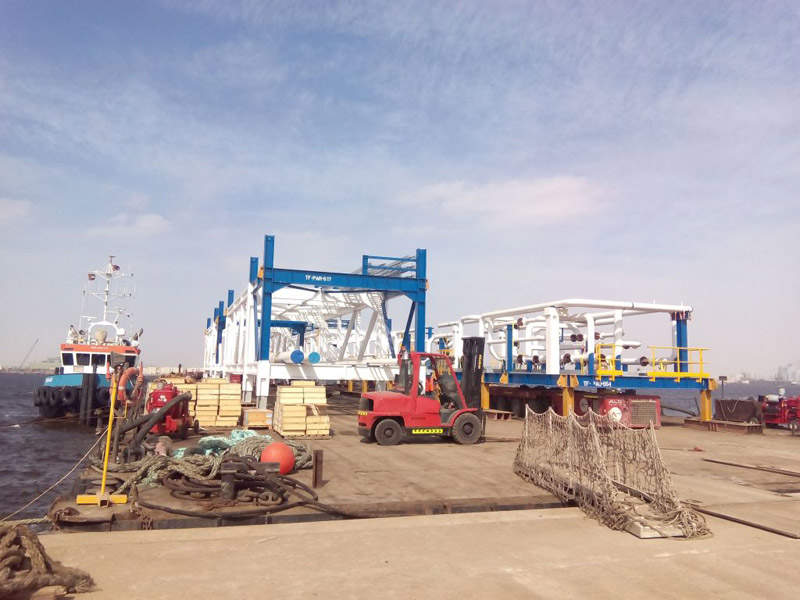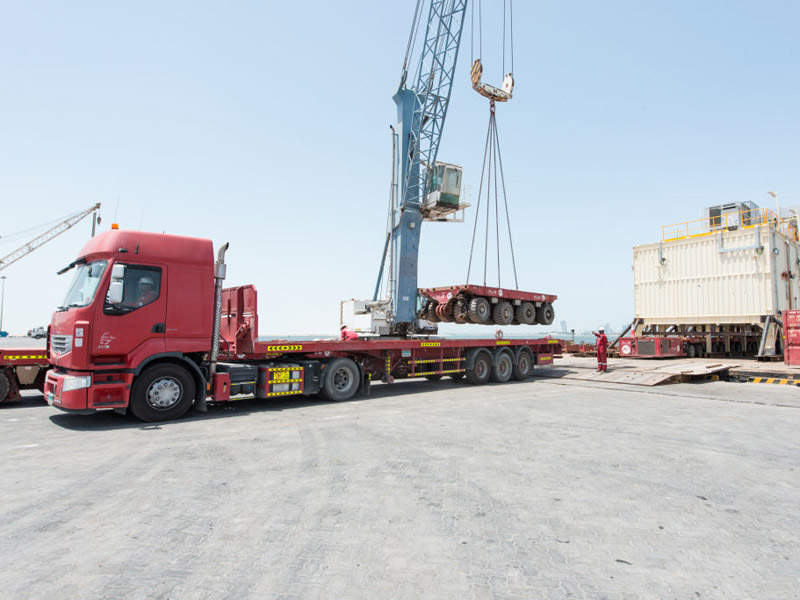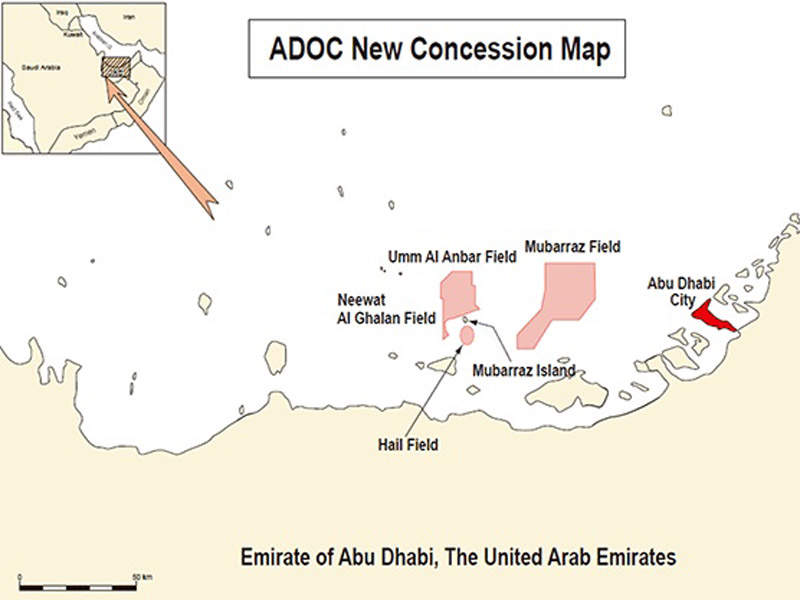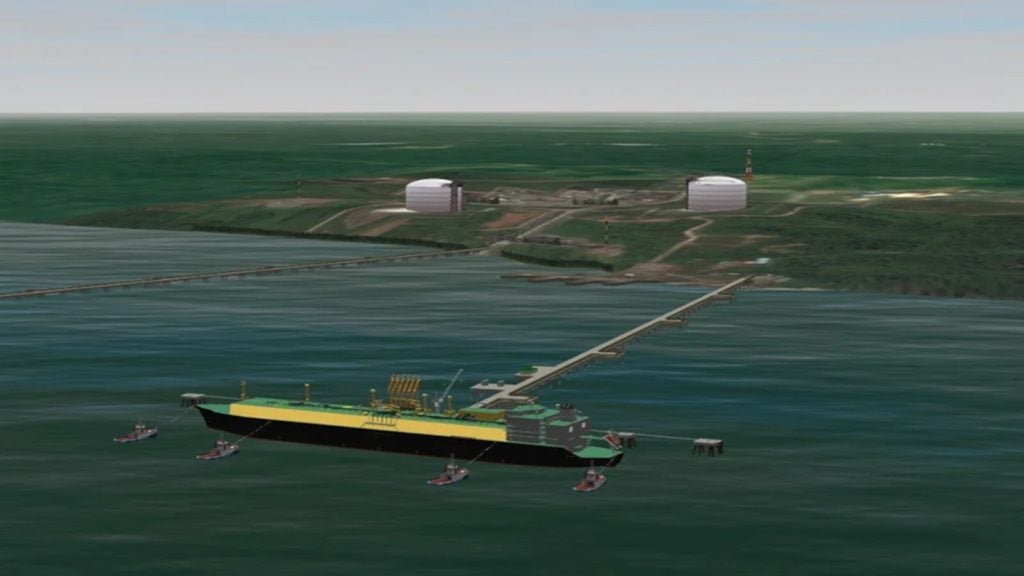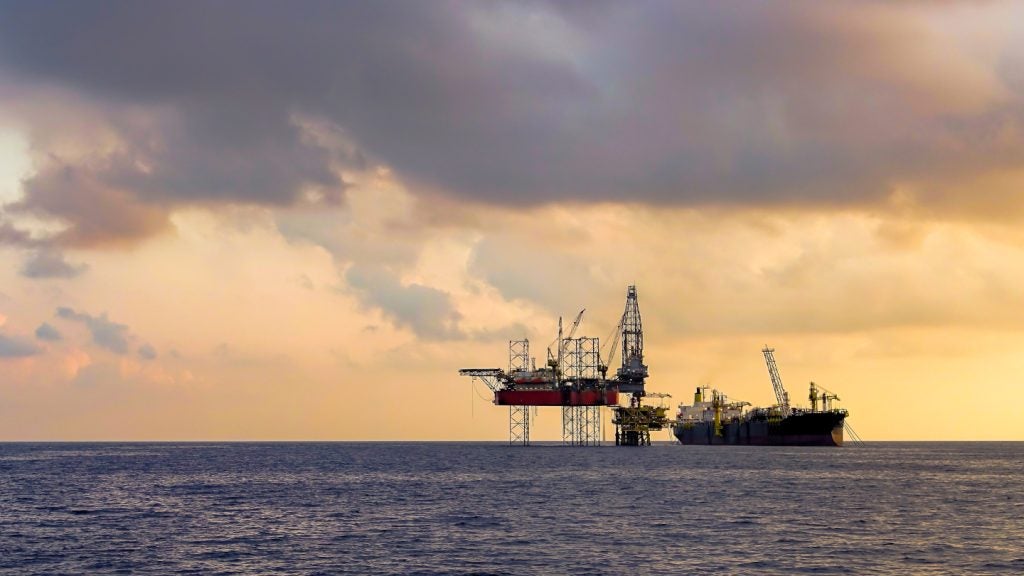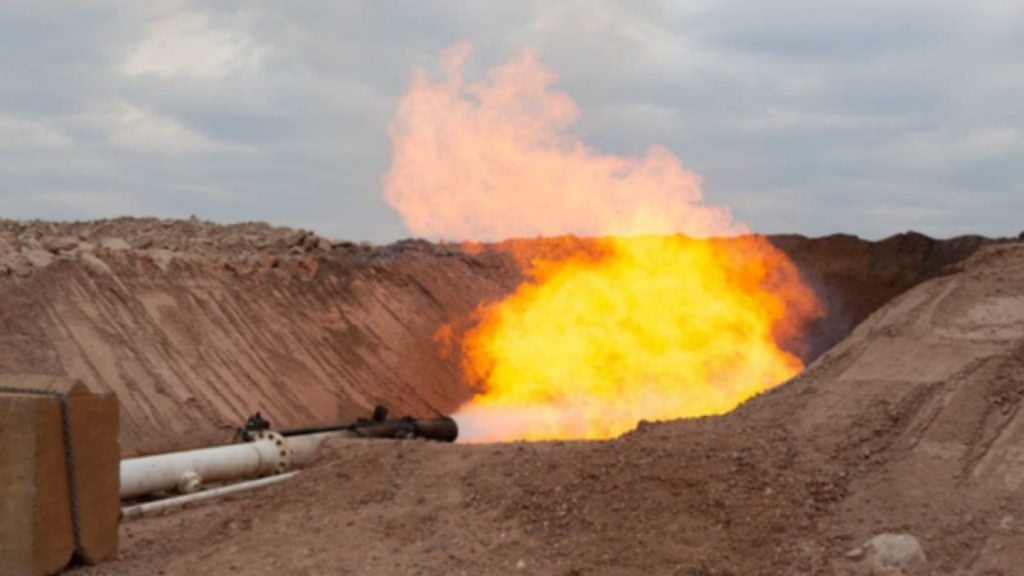Hail field is located approximately 10km south of the Mubarraz artificial Island in the shallow waters of the Arabian Gulf offshore Abu Dhabi, UAE.
The field lies in a concession currently owned by the Abu Dhabi Oil Company (ADOC).
Cosmo Abu Dhabi Energy Exploration & Production (Cosmo Abu Dhabi), a subsidiary of Cepsa (20%) and Cosmo Oil (80%), holds a 64.4% stake in the project, while the remaining stake is held by JX Nippon Oil & Gas Exploration Corporation (32.2%), Kansai Electric Power (1.7%) and Chubu Electric Power (1.7%).
Cepsa and Cosmo Oil are collaboratively developing the field via Cosmo Abu Dhabi.
Early production from the field was achieved in November 2017.
Full field development activities are currently ongoing and are expected to increase current production and secure safe production for a period of 30 years.
The project marks the first oil field development by a Japanese operator in the Middle East in six years.
Hail oil field location and exploration
Hail oil field was acquired by Cosmo Abu Dhabi following the signing of a new 30-year concession agreement with ADOC in December 2012.
The site is located adjacent to three fields, namely Mubarraz, Umm Al-Anbar and Neewat Al-Ghalan, which have been producing since 1973, 1989 and 1995 respectively.
The operator carried out a 3D seismic survey along with appraisal activities to study the development of the field following the acquisition.
Early production at Hail
The early production plan for Hail included the development of a new 350m by 100m artificial island via land reclamation.
Construction works carried out on the island included a 350m sheet pile quay wall, pavement slabs and mooring bollards, as well as the installation of navigational buoys and a heliport.
In addition, the construction of surface facilities, drilling of ten production wells and installation of three subsea pipelines to connect the Hail surface facilities with the existing production facilities at the Mubarraz field were carried out.
The use of existing facilities helped reduce costs and increase the overall production volume.
Oil is currently being extracted from the Thamama Zone A, B and F reservoirs of the Hail field.
The early production phase is expected to reach a peak oil production rate of 21,000 barrels per day (bpd).
Additional gas injection and gas lift operations are planned to further enhance the rate of oil recovery.
Hail oil field development details
Full field development of the Hail site will require the development of additional offshore artificial islands.
In addition, it will necessitate the installation of processing and transportation facilities, associated utilities and offsites.
The project is located in an UNESCO-protected area known as the Marawah Marine Biosphere Reserve, which contains various habitats of seagrass beds, coral reefs and macro-algaes.
The construction will therefore require an extensive environmental review to mitigate the potential risks associated with development.
Financing
Mizuho Bank, the Bank of Tokyo-Mitsubishi UFJ, the Japan Bank for International Cooperation (JBIC) and the Sumitomo Mitsui Banking Corporation provided a loan of $630m to ADOC to support the field development.
JBIC’s contribution to the loan amounted to $378m.
The financing agreement forms part of the Japanese Government’s strategy aimed at securing a stable crude oil supply to the country.
Contractors involved
Mott MacDonald was appointed as the project management consultant for the front-end engineering design (FEED) of the early production facilities.
OMV Offshore Abu Dhabi awarded the project management services contract to conduct FEED for the full field development phase of the field to KBR.
Técnicas Reunidas was awarded a $310m contract to develop and construct the early production facilities for the site.
Specialist Services was subcontracted by Técnicas Reunidas to supply an electrical technical room and an instrument control room.
ALE was responsible for the transportation and installation of the early production system’s surface facilities.
Additional contractors involved in the project include Arcadis, Cameron, Paladon Systems, Swissboring, Halcrow International Partnership, NMDC, Target Engineering, 3W Networks, Nautical Environmental Associates and CGG.

